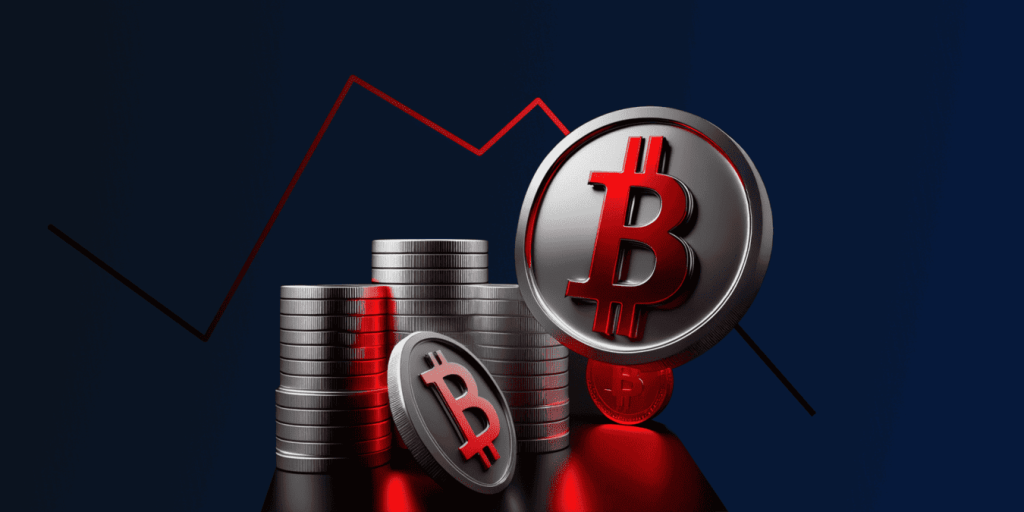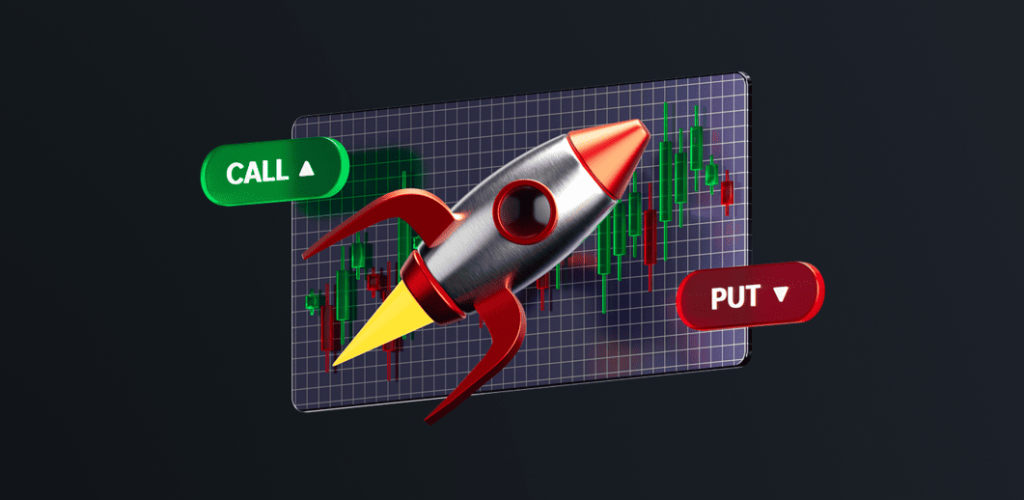
Compreendendo a negociação de energia: como funciona
Conteúdo
A negociação de energia — compra e venda de commodities energéticas como eletricidade, gás natural, petróleo e certificados de energia renovável — é um componente interessante e complexo da negociação de commodities. Esse mercado garante a estabilidade de preços e a disponibilidade de energia, equilibrando a oferta e a demanda. É necessário explorar os processos por trás do mercado dinâmico, as diversas formas de negociação de energia e os principais atores envolvidos para compreender adequadamente a negociação de energia.
O que é negociação de energia?
Fundamentalmente, a negociação de energia consiste na compra e venda de commodities energéticas para controlar o risco de precificação e satisfazer as necessidades do mercado. A economia global depende dessa atividade dinâmica e multifacetada para garantir a distribuição eficaz dos recursos energéticos a preços estáveis. Essencial para a segurança energética e a estabilidade econômica, bem como para ajudar a equilibrar os preços de mercado, a negociação de energia
A negociação de energia é o processo pelo qual comerciantes compram e vendem commodities energéticas, incluindo eletricidade, gás natural, petróleo e certificados de energia renovável. Bolsas estruturadas e centralizadas e mercados de balcão estão entre os locais onde isso ocorre.
Dinâmica de Mercado
Uma infinidade de elementos molda os mercados de energia: geopolítica, clima, desenvolvimentos técnicos e mudanças legislativas, entre outros. Para prever oscilações de preços e fazer escolhas comerciais sensatas, os traders precisam estar sempre analisando esses elementos. Por exemplo, preocupações geopolíticas em áreas produtoras de petróleo podem causar interrupções no fornecimento, elevando os preços do petróleo. Da mesma forma, condições climáticas extremas podem afetar a produção e o consumo de energia, afetando, portanto, os custos do gás natural e da eletricidade.
Tipos de commodities energéticas
O comércio de energia inclui muitos bens diferentes, e cada um tem suas próprias condições de mercado, táticas de venda e fatores que o afetam. É importante entender esses bens se você deseja negociar energia de forma eficaz.
Petróleo bruto
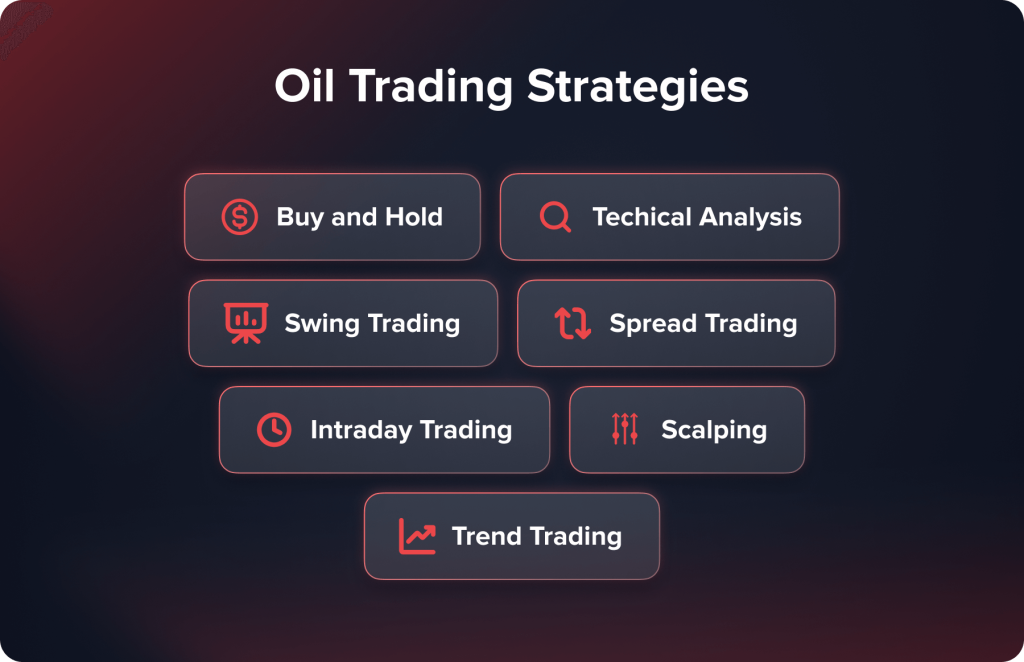
Um dos bens energéticos mais comuns no mundo é o petróleo bruto. Produtos derivados de petróleo, como gasolina, óleo e querosene de aviação, são produzidos a partir dessa matéria-prima. O preço do petróleo bruto varia muito devido a fatores como a economia global, jogos de azar e a oferta e demanda.
Influência geopolítica: Os preços do petróleo bruto são muito sensíveis a variações na estabilidade política regional, especialmente no Oriente Médio e em outros países produtores de petróleo. Grandes oscilações de preço são possíveis resultados de disputas, sanções e acordos de produção no âmbito da OPEP.
Oferta e procura: As taxas de produção das principais fontes de petróleo, os desenvolvimentos técnicos em técnicas de extração e os investimentos em infraestrutura influenciam os níveis de oferta. Do lado da demanda, as condições econômicas globais, as necessidades de transporte e as variações sazonais influenciam os padrões de consumo.
Ferramentas de negociação: Frequentemente especulando sobre os preços futuros do petróleo, traders e investidores causam breves oscilações de preço. Contratos futuros, opções e outros derivativos são comumente usados para lucrar com aumentos de preço previstos ou compensar a volatilidade dos preços.
Gás natural
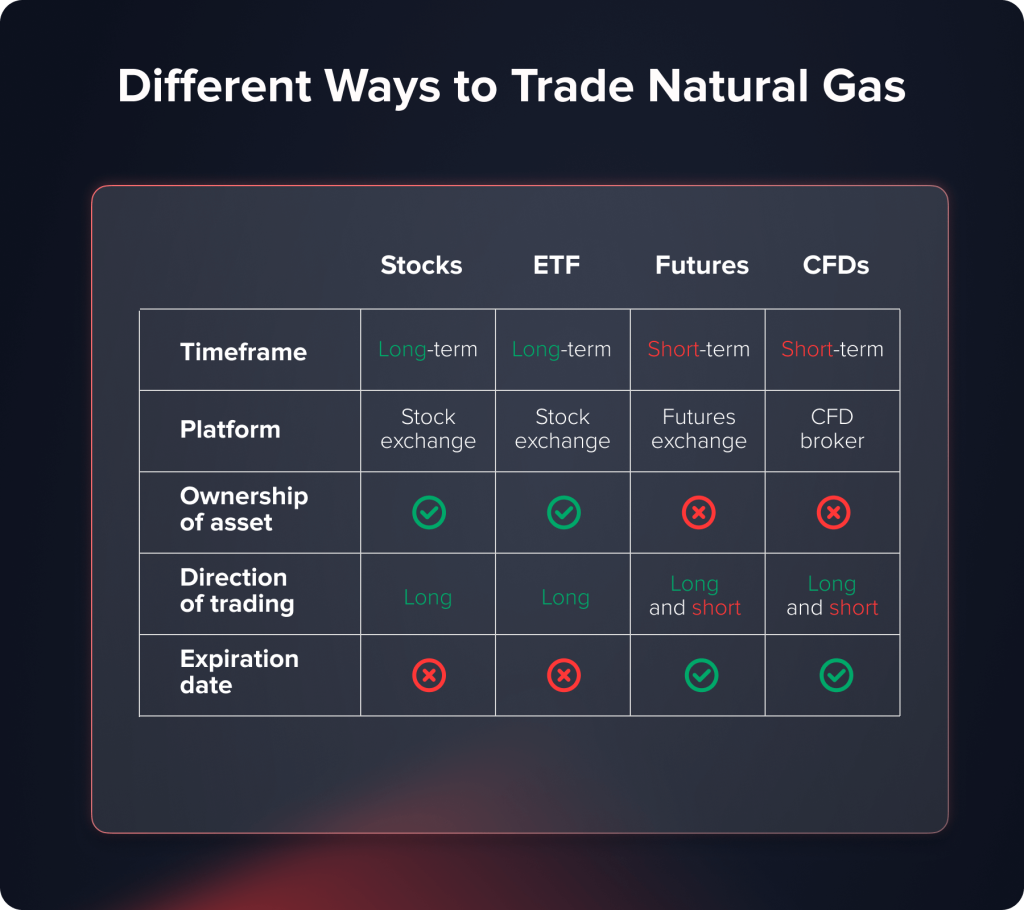
Outro item energético vital amplamente comercializado internacionalmente é o gás natural. Ele é usado em aquecimento, produção de energia e outras aplicações industriais. A suscetibilidade do gás natural às condições climáticas, a capacidade de armazenamento e as taxas de produção definem seu mercado.
Condições climáticasFlutuações sazonais — como verões quentes e invernos rigorosos — podem alternadamente aumentar ou diminuir a demanda por aquecimento e resfriamento. Essas variações na demanda podem resultar em volatilidade significativa dos preços.
Níveis de armazenamento: O armazenamento de gás natural serve como uma proteção para gerenciar as flutuações de oferta e demanda. Os níveis de gás nas instalações de armazenamento podem indicar futuras escassez ou excedentes de oferta, afetando, portanto, os preços.
Taxas de produção: O fraturamento hidráulico (fracking) e outros avanços na tecnologia de extração impulsionaram significativamente a produção de gás natural, especialmente nos EUA. No entanto, a viabilidade econômica, as preocupações ambientais e as leis regulatórias podem impactar os preços de produção.
Eletricidade
Por não poder ser facilmente armazenada, a comercialização de eletricidade é diferente de outras commodities energéticas. Essa qualidade exige uma estratégia de comercialização específica, geralmente incluindo sistemas regulatórios complexos e mercados em tempo real.
Capacidade de Geração: A infraestrutura existente — usinas de energia, instalações de energia renovável, conectividade à rede — determina se alguém pode gerar eletricidade. Variações na capacidade de geração afetam a dinâmica do mercado por meio do comissionamento de novas usinas ou do descomissionamento das existentes.
Flutuações de demandaFatores como produção industrial, condições climáticas e hábitos de consumo influenciam as variações diárias e sazonais no consumo de eletricidade. Essas variações devem ser continuamente equilibradas para manter a estabilidade da rede.
Políticas RegulatóriasO mercado de energia é amplamente influenciado por regras governamentais. Políticas que apoiam os requisitos de confiabilidade da rede, os sistemas de precificação de carbono e a aceitação de energia renovável influenciam os preços e as operações do mercado.
Certificados de Energia Renovável
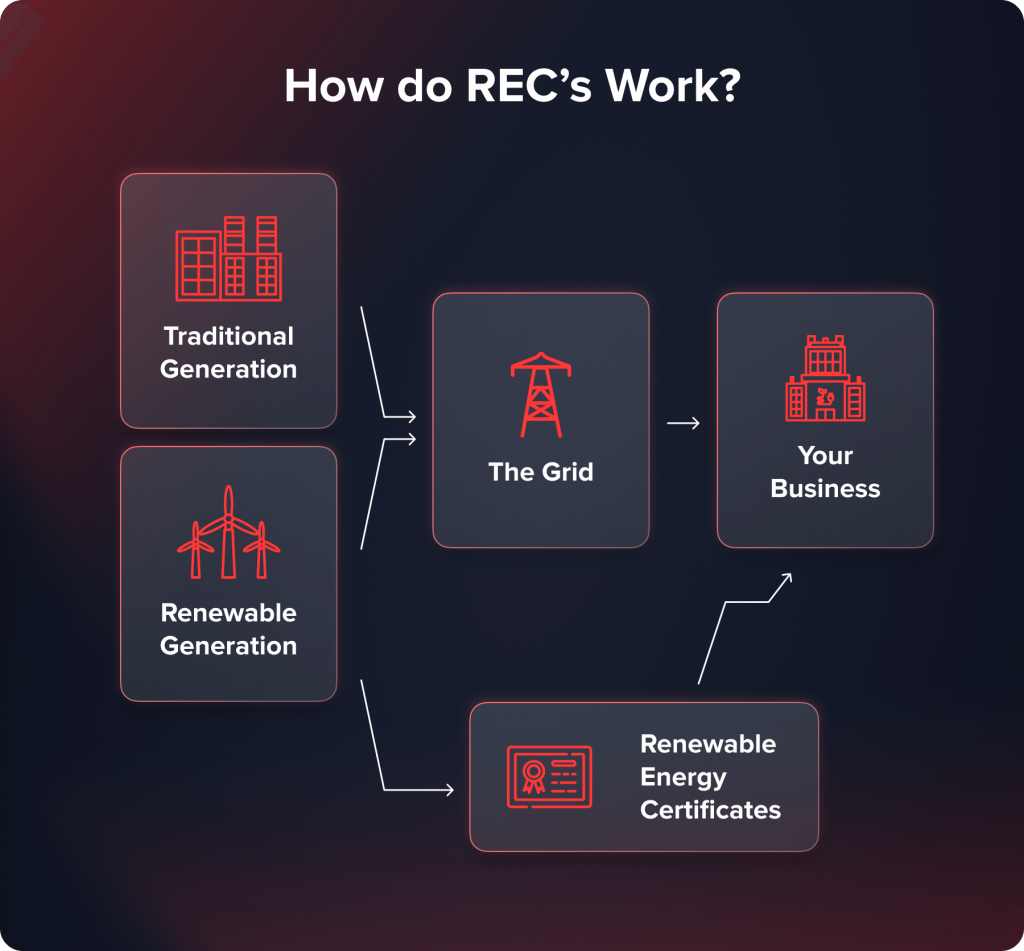
Certificados de Energia Renovável (CERs) são documentos que atestam a produção de uma determinada quantidade de eletricidade a partir de fontes renováveis, como eólica, solar e hidrelétrica. As empresas trocam CERs para ajudá-las a cumprir metas voluntárias de sustentabilidade ou requisitos legais.
Conformidade regulatória: Os padrões de portfólio de energias renováveis estabelecidos por diversos governos determinam que uma determinada proporção da energia utilizada seja proveniente de recursos renováveis. Para cumprir essas regras, concessionárias de serviços públicos e empresas podem comprar RECs, estimulando assim a demanda do mercado.
Mercados Voluntários: RECs são adquiridos por empresas e pessoas para demonstrar seu apoio ao crescimento da energia verde e cumprir a lei. Essa demanda voluntária acrescenta uma camada adicional à dinâmica do mercado.
Fatores de preço: A produção de energia renovável, o tipo específico de energia renovável e as circunstâncias do mercado regional afetam os preços dos RECs. Dependendo da disponibilidade e da demanda do mercado, os RECs solares podem, por exemplo, ser negociados a preços diferentes dos RECs eólicos.
You may also like
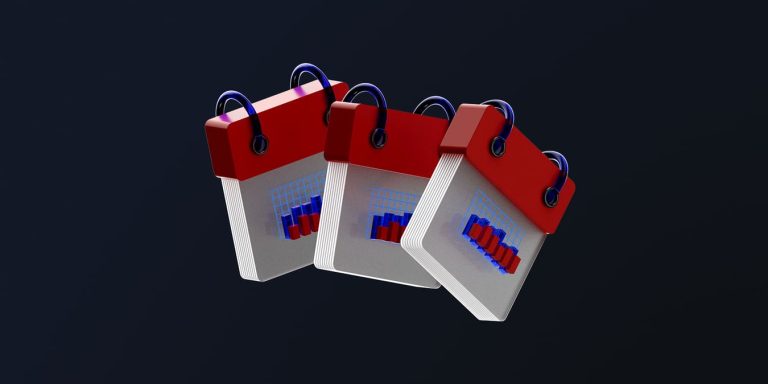
Principais participantes na negociação de energia
Muitas organizações atuam na comercialização de energia; cada uma delas é essencial para o funcionamento do mercado. Para compreender plenamente a complexidade do cenário da comercialização de energia, é preciso primeiro entender os papéis e as interconexões desses principais participantes.
Produtores
Os produtores são a espinha dorsal do mercado de energia, abrangendo empresas que extraem ou geram commodities energéticas. Entre elas, estão empresas petrolíferas, produtoras de gás natural e empresas de geração de energia. Os produtores fornecem as matérias-primas essenciais para a comercialização de energia. A ExxonMobil e a Chevron, por exemplo, extraem petróleo bruto do qual diferentes derivados são processados. Os produtores de gás natural também coletam e tratam o gás natural, que é utilizado em operações industriais, aquecimento e produção de eletricidade. Usinas tradicionais de combustíveis fósseis e produtores de energia renovável, entre outras empresas geradoras de energia, geram eletricidade comercializada nos mercados de energia.
Os produtores são cruciais porque iniciam a cadeia de suprimentos, fornecendo as commodities compradas e vendidas no mercado. Seus níveis de produção, influenciados por avanços tecnológicos, sucesso na exploração e políticas regulatórias, impactam diretamente a oferta e os preços do mercado.
Consumidores
Os consumidores do mercado de energia são grandes usuários industriais, concessionárias de serviços públicos e empresas que operam atividades significativas que dependem de um fornecimento consistente de energia. Essas empresas comercializam energia para garantir um fornecimento consistente do combustível necessário para suas operações a preços razoáveis. Os principais consumidores de commodities energéticas incluem empresas de manufatura, produtoras de produtos químicos e empresas de transporte. Os consumidores também desempenham um papel vital para as concessionárias de serviços públicos, que fornecem gás e eletricidade para clientes residenciais e comerciais.
Muitas vezes, esses consumidores assinam contratos de longo prazo para fixar os custos de energia e se proteger contra a volatilidade futura dos preços. Ao garantir o fornecimento estável de energia, eles podem controlar melhor as despesas e garantir a continuidade das operações.
Comerciantes e corretores
Traders e corretores atuam como intermediários para compradores e vendedores de commodities energéticas, na esperança de lucrar com as flutuações de preços. Esta categoria inclui traders individuais, empresas de trading e bancos de investimento. Bancos de investimento como Goldman Sachs e Morgan Stanley frequentemente possuem mesas de negociação de commodities dedicadas à negociação de energia. Casas de trading, como Vitol e Glencore, são empresas especializadas que compram e vendem grandes quantidades de commodities energéticas em nome de clientes ou para suas atividades de trading proprietárias.
Conectando compradores e vendedores, traders e corretores independentes negociam acordos e garantem transações sem interrupções. Eles são muito importantes para dar liquidez de mercado para que participantes adicionais possam entrar e sair de posições com facilidade.
Para fazer escolhas comerciais inteligentes, traders e corretores estudam eventos geopolíticos, tendências de mercado e outros elementos que afetam os preços da energia. Suas ações equilibram a oferta e a demanda e permitem a descoberta de preços, ajudando assim a estabilizar o mercado.
Reguladores
Reguladores, agências e órgãos governamentais monitoram os mercados de energia para garantir que sejam justos e que as políticas sejam implementadas. Essas agências criam e implementam políticas destinadas a manter a proteção do consumidor, a integridade do mercado e a prevenção de fraudes. Elas monitoram a atividade comercial, investigam qualquer abuso e aplicam leis que visam promover a abertura e a competitividade. Para garantir o controle do mercado, as autoridades podem, por exemplo, estabelecer limites de posição para coibir especulação excessiva ou exigir documentação completa das operações comerciais.
Os mercados de energia podem ser bastante alterados por atividades regulatórias. Alterações nas regulamentações ambientais ou nos critérios de emissões, por exemplo, podem afetar os tipos de commodities energéticas negociadas, bem como a estratégia dos participantes do mercado.
Como a energia é comercializada
A negociação de energia é a negociação de commodities energéticas usando diferentes instrumentos financeiros, permitindo assim que os comerciantes especulem sobre futuras mudanças de preços:
- Contratos Futuros: A negociação de energia começa com estas. Os contratos futuros são juridicamente vinculativos e definem uma data, preço e valor para um evento futuro. Eles podem ser usados para comprar ou vender ativos de energia. Mercados conhecidos como a NYMEX são onde os contratos futuros de gás natural e petróleo bruto são vendidos.
- Contratos de Opções: Os traders não são obrigados a comprar ou vender uma commodity energética pelo preço de exercício, mas têm a opção de fazê-lo dentro de um determinado prazo. Os traders têm mais poder e liberdade ao usar opções.
- Negociação à vista: A negociação à vista é a negociação direta de commodities energéticas ao preço de mercado atual. Os mercados à vista permitem que os traders lucrem com circunstâncias rápidas do mercado e alavanquem oscilações de preço de curto prazo.
Os Mecanismos de Negociação
A negociação de energia ocorre por meio de diversos mecanismos, cada um oferecendo vantagens distintas e adequado a diferentes necessidades de negociação. Os principais mecanismos incluem bolsas organizadas e mercados de balcão, cada um desempenhando um papel crucial no cenário da negociação de energia.
Trocas
Os mercados formais onde os negociadores compram e vendem contratos de energia padronizados, incluindo futuros e opções, são bolsas organizadas como a Intercontinental Exchange (ICE) e a New York Mercantile Exchange (NYMEX). Essas bolsas oferecem inúmeras vantagens principais que garantem e facilitam o processo de negociação.
Contratos padronizados nessas bolsas implicam que a commodity energética tenha quantidades, qualidade e prazos de entrega definidos. Essa consistência garante que todos os participantes entendam a natureza precisa de suas compras ou vendas, agilizando o processo de negociação e reduzindo a possibilidade de mal-entendidos.
Como os dados de mercado — incluindo preço e volume de negociação — são de livre acesso, as bolsas oferecem um alto grau de transparência. Essa transparência permite que os traders façam julgamentos sensatos com base na situação do mercado. Além disso, como muitas pessoas negociam nesses tipos de plataformas, há bastante liquidez. Como podem comprar ou vender contratos rapidamente sem influenciar significativamente o preço de mercado, isso permite que os traders abram ou saiam de posições com mais facilidade.
Por meio de empresas conhecidas como câmaras de compensação, as bolsas atuam como intermediárias entre compradores e vendedores. A câmara de compensação atua para garantir que ambas as partes de uma transação cumpram com suas responsabilidades. Esse procedimento reduz significativamente a possibilidade de inadimplência de uma das partes. As operações de negociação ganham mais segurança, pois os negociadores podem ter certeza de que os contratos serão respeitados.
Mercados de balcão
Em contrapartida, a negociação OTC inclui transações diretas entre as partes sem a necessidade de uma bolsa, permitindo maior flexibilidade e modificação contratual. Esse método permite que os contratos sejam personalizados para atender às necessidades específicas das partes envolvidas em termos de quantidade, qualidade, prazos de entrega e sistemas de precificação.
- Personalização
Particularmente úteis para transações personalizadas que não correspondem aos contratos de câmbio típicos, os contratos OTC podem ser especialmente adaptados às exigências das partes.
- Privacidade
As transações OTC são geralmente privadas e não estão sujeitas ao mesmo nível de divulgação que os contratos negociados em bolsa, oferecendo uma vantagem para aqueles que buscam confidencialidade em suas atividades de negociação.
- Risco de contraparte
Ao contrário das bolsas, os mercados de balcão não contam com intermediários que garantam o cumprimento dos contratos. Isso significa que as partes precisam confiar na credibilidade uma da outra, aumentando o risco de inadimplência.
Uma concessionária de serviços públicos pode, por exemplo, firmar um acordo de fornecimento de gás natural de longo prazo com um produtor. A personalização dos termos do contrato — incluindo volume, cronograma de entrega e fórmula de precificação — permite que ambas as partes atendam às suas necessidades específicas.
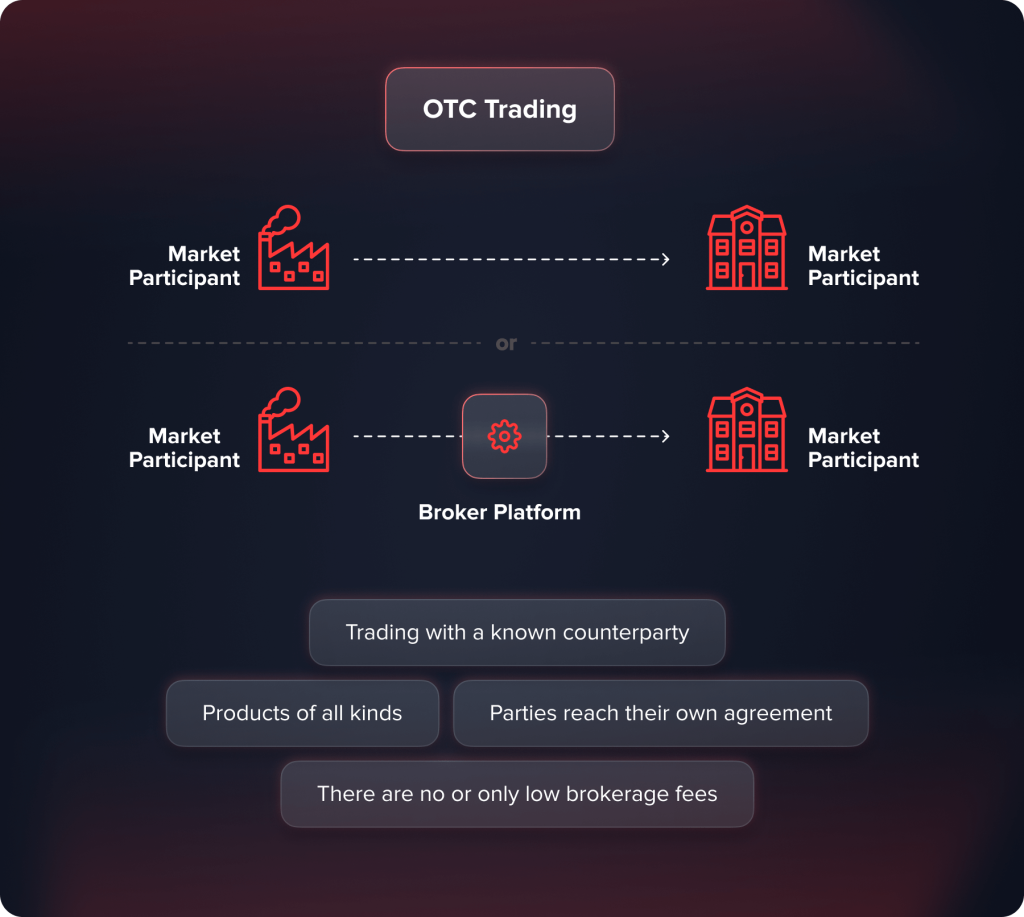
Contratos por Diferença
Derivativos financeiros, chamados Contratos por Diferença (CFDs), permitem que os traders especulem sobre as oscilações de preços de commodities energéticas sem possuir ativos subjacentes. Tanto traders institucionais quanto individuais estão utilizando essa abordagem cada vez mais devido aos seus diversos benefícios atraentes.
Com seu grande aproveitar , CFDs let traders initiate bigger trades with much lower funds. With this aproveitar, earnings may be increased and even little price swings in energy commodities provide significant returns. Although aproveitar raises the possibility for losses as well, many traders find great attraction in the capacity to handle bigger positions with less capital commitment.
Os CFDs oferecem flexibilidade excepcional, permitindo que os traders comprem (longo) ou vendam (curto) commodities de energia. Mercados em alta e em queda permitem que os traders se beneficiem, aumentando as oportunidades independentemente das circunstâncias do mercado. Devido à sua versatilidade, os CFDs são um instrumento ideal para implementar uma variedade de métodos de negociação.
Os CFDs são altamente acessíveis e podem ser negociados em diversas plataformas online. Essa acessibilidade os torna populares para traders individuais que buscam participar dos mercados de energia. Muitas corretoras oferecem sistemas simples com ferramentas de negociação modernas, dados em tempo real e recursos educacionais para ajudar os traders a começar e obter lucro.
Utilizando contratos por diferença (CFDs), por exemplo, um trader varejista do setor de energia pode apostar no preço do petróleo bruto. A alavancagem de sua posição permite que o trader se exponha significativamente às variações de preço, apesar de o compromisso inicial exigido ser menor do que o necessário para comprar commodities genuínas ou contratos futuros. Os CFDs atraem traders iniciantes e experientes devido à sua facilidade de uso e à capacidade de negociação com margem.
You may also like
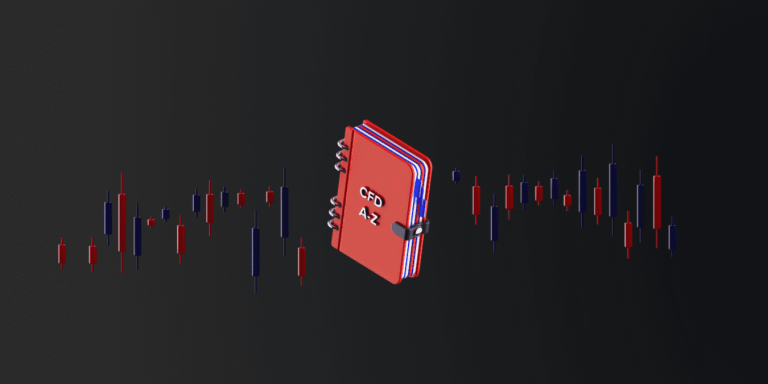
Introdução à negociação de energia por meio de uma corretora de CFD
Embora começar no mundo da negociação de energia possa parecer intimidador, com a estratégia e as ferramentas certas, torna-se uma atividade gratificante. Os Contratos por Diferença oferecem uma abordagem conveniente e flexível para participar da negociação de energia; Corretores de CFD fornecer as ferramentas e assistência necessárias para começar.
Etapa 1: Escolha um corretor de CFD confiável
Escolher uma corretora de CFD respeitada com uma plataforma de negociação completa é fundamental. Procure corretoras com boas recomendações de outros traders e bom conhecimento regulatório. Elementos importantes a serem considerados incluem interfaces fáceis de usar, acesso a diversas commodities de energia, mecanismos de segurança robustos e atendimento ao cliente de primeira qualidade. Especialmente para iniciantes, diversas corretoras de CFD renomadas oferecem ferramentas de negociação, pesquisas de mercado e materiais instrucionais.
Etapa 2: Abra e financie sua conta de negociação
Depois de escolher uma corretora, você precisa abrir uma conta de negociação. Normalmente, esse processo inclui o preenchimento de um formulário de inscrição e o fornecimento de determinados documentos de identificação pessoal para atender aos requisitos legais. Após a aprovação da sua conta, você poderá depositá-la, entre outras opções de pagamento, usando cartões de crédito, carteiras eletrônicas ou transferências bancárias.
Etapa 3: Eduque-se
Antes de negociar, é preciso primeiro se informar bem sobre as estratégias de negociação e os mercados de energia. Entre outros recursos de ensino, diversas corretoras de CFD oferecem seminários, tutoriais, artigos e demonstrações. Uma conta demo oferece um ambiente sem riscos para aquisição de conhecimento sobre a plataforma e aprimoramento de estratégias de negociação, permitindo que você pratique negociações com dinheiro virtual.
Etapa 4: Desenvolva um plano de negociação
O sucesso na negociação de energia depende de uma estratégia de negociação bem elaborada. Sua estratégia deve considerar tolerância ao risco, objetivos financeiros e métodos de entrada e saída de operações. Para controlar perdas, você deve determinar o valor que arriscaria em cada operação e estabelecer limites de stop-loss. Além disso, sua estratégia de negociação deve levar em consideração métodos de análise de mercado, como análise técnica (usando gráficos e indicadores para encontrar perspectivas de negociação) e análise fundamentalista (avaliando variáveis de oferta e demanda e eventos geopolíticos).
Etapa 5: Comece a negociar
Com sua conta financiada e sua estratégia de negociação definida, você pode começar a negociar commodities energéticas. Muitas commodities energéticas, como petróleo bruto, gás natural e eletricidade, estão disponíveis para negociação na plataforma online da sua corretora de CFDs. Sua pesquisa de mercado e projeções determinarão se você deseja operar comprado (long) ou vendido (short). Abra ordens, defina níveis de stop-loss e take-profit e monitore suas posições em tempo real usando as ferramentas de negociação do site.
Conclusão
Parte fundamental da economia mundial, o comércio de energia afeta a disponibilidade e o preço das commodities energéticas necessárias. Compreender a complexidade e a relevância desse mercado dinâmico exige a compreensão dos métodos, tipos de commodities, participantes importantes do mercado e técnicas de gestão de risco. A eficiência e a transparência do comércio de energia devem aumentar à medida que a tecnologia se desenvolve, reforçando assim sua importância no cenário do uso de energia.
Atualizado:
18 de dezembro de 2024


